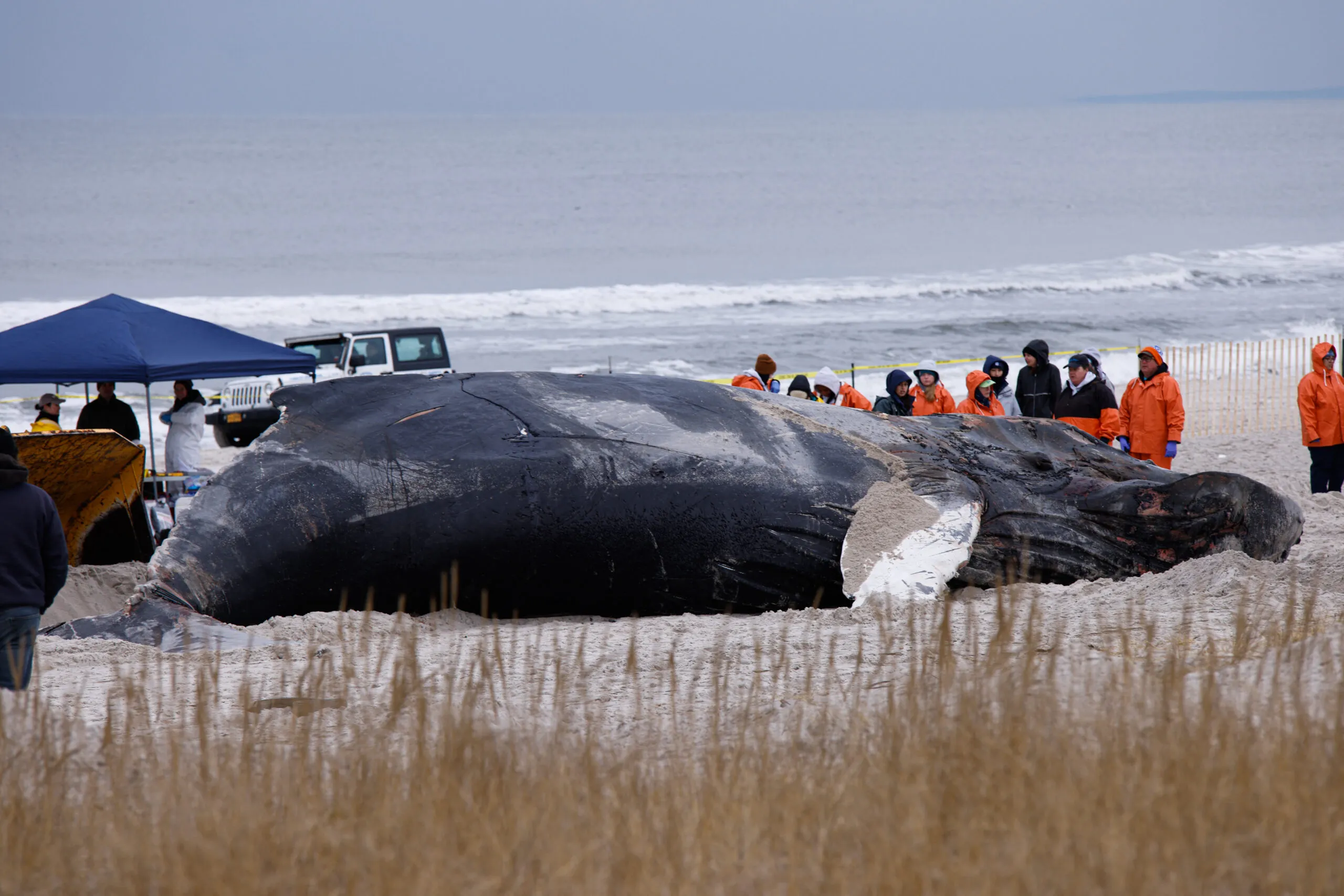The phrase “blue whale bitten in half” has sparked intrigue and speculation worldwide, drawing attention to one of nature’s most mysterious and fascinating events. A Blue Whale Bitten in Half known for being the largest animal on Earth, is an extraordinary creature. The thought of such a massive being suffering an attack significant enough to leave it bitten in half seems almost unfathomable. Yet, these reports have captured the curiosity of marine biologists, ocean enthusiasts, and everyday people alike.
Understanding the Magnificence of the Blue Whale
The Blue Whale Bitten in Half is a majestic symbol of the ocean’s grandeur. Growing up to 100 feet long and weighing as much as 200 tons, they reign supreme as the largest animals to ever exist on Earth. These gentle giants primarily feed on krill, consuming up to four tons a day during feeding season. Despite their massive size, blue whales are known for their docile nature and pose no threat to other marine animals or humans.
Their sheer size and strength make them virtually immune to predators, so the notion of a blue whale being bitten in half is extraordinary. The incident raises many questions about the mysteries of the ocean and its unseen dangers.
Examining the Reported Incident
The story of a blue whale bitten in half first emerged as a sensational tale, causing widespread curiosity. Reports suggest that this event was not a natural death caused by old age or disease but a result of a violent and catastrophic encounter with another ocean predator. Eyewitnesses and marine experts have offered varying theories, ranging from attacks by great white sharks to a clash with a killer whale pod or even the elusive megalodon.
The details surrounding the incident are murky, but some evidence points to injuries consistent with a massive bite. While marine animals are known for scavenging on dead whales, the idea of an active attack leading to such damage is rare and highly unusual.
Possible Culprits: Great White Sharks
One of the most popular theories involves the great white shark. These apex predators are known for their powerful jaws and formidable hunting techniques. Great whites are capable of delivering bites with tremendous force, but they typically prey on smaller marine animals like seals and fish.
For a great white shark to attack a Blue Whale Bitten in Half it would require extraordinary circumstances. Perhaps the whale was already weakened by illness or injury, making it a vulnerable target. However, even in such a scenario, it is difficult to imagine a single great white being capable of inflicting such damage. This leads many to speculate that if sharks were involved, it may have been a coordinated attack by a group.
Killer Whales: Coordinated Hunters
Killer whales, or orcas, are another potential suspect. Known for their intelligence and sophisticated hunting strategies, killer whales are capable of taking down large marine mammals, including whales. Orcas often work in pods, coordinating their movements to isolate and weaken prey.
While killer whales are a plausible explanation, they rarely attack blue whales, as the size difference makes such encounters exceptionally challenging. Nevertheless, documented cases exist where killer whale pods have successfully preyed on young or weakened Blue Whale Bitten in Half. Could this incident have been the result of a similar event?
The Myth of the Megalodon
The megalodon, an extinct species of massive shark, has long been the subject of fascination and speculation. This prehistoric predator, believed to have gone extinct over 3 million years ago, was capable of growing up to 60 feet in length. Its powerful jaws and enormous teeth made it a fearsome hunter.
While the idea of a megalodon attacking a Blue Whale Bitten in Half captures the imagination, there is no scientific evidence to suggest that this ancient shark still exists. However, deep-sea mysteries and unexplored ocean depths fuel the possibility of undiscovered marine creatures lurking below.
The Role of Scavengers in the Ocean
It is also worth considering the role of scavengers in this scenario. If a blue whale had already died from natural causes or other factors, scavengers like sharks, orcas, and other marine animals could have fed on its carcass, creating the appearance of a violent attack. Ocean currents and time could have further distorted the remains, leading to dramatic interpretations.
Marine ecosystems rely heavily on scavenging, as it ensures that nutrients are recycled. While the image of a Blue Whale Bitten in Half bitten in half is shocking, it may not necessarily indicate a predatory attack but rather a natural part of oceanic life cycles.
The Mystery of Deep-Sea Predators
The ocean’s depths remain largely unexplored, with scientists estimating that over 80% of the world’s oceans are unmapped. This vast and mysterious environment harbors countless species, some of which may yet be unknown to science. Could a deep-sea predator be responsible for this incident?
Speculative accounts often include tales of giant squids or other colossal creatures. While these animals are unlikely to attack a Blue Whale Bitten in Half their existence highlights how much we have yet to learn about marine life. The deep sea’s ecosystem is complex, and events like this remind us of the ocean’s unpredictability.
Human Impacts and Whale Safety
Another angle to consider is the role of human activities in oceanic incidents. Fishing nets, ship collisions, and environmental pollution pose significant threats to marine life, including Blue Whale Bitten in Half. Could this event have been linked to a human-made accident, later misinterpreted as a predator attack? It is essential to examine such possibilities to ensure the conservation and safety of marine species.
Conservation efforts play a critical role in protecting whales and their habitats. Reducing ship strikes, minimizing plastic pollution, and regulating fishing practices are essential to maintaining healthy ocean ecosystems. The story of the blue whale bitten in half serves as a stark reminder of the need to respect and preserve marine life.
Public Fascination with Ocean Mysteries
The story’s viral nature highlights our collective fascination with the ocean and its secrets. Tales of colossal creatures and unexplained phenomena capture our imagination, blending science with myth. The “blue whale bitten in half” incident is a modern example of how these stories spread, sparking debates and discussions worldwide.
As technology advances, tools like underwater drones and satellite imaging may help us uncover more about the ocean’s mysteries. Until then, stories like this continue to inspire curiosity and wonder, encouraging exploration and research.
Conclusion: A Tale of Curiosity and Conservation
The mystery of the blue whale bitten in half serves as a compelling reminder of the ocean’s power and complexity. Whether the incident was caused by predators, scavengers, or human activity, it underscores the need to protect and study marine ecosystems. The intrigue surrounding such events drives scientific discovery and fosters a deeper appreciation for the natural world.
By addressing these mysteries with curiosity and care, we can learn more about our planet’s most enigmatic environments. The tale of the Blue Whale Bitten in Half bitten in half may remain unsolved, but it highlights the endless possibilities and questions the ocean holds for humanity to explore.

